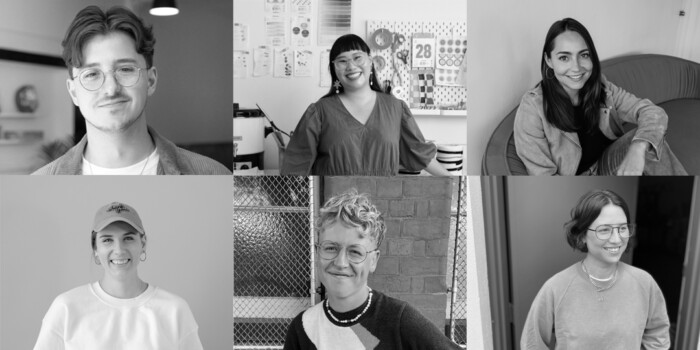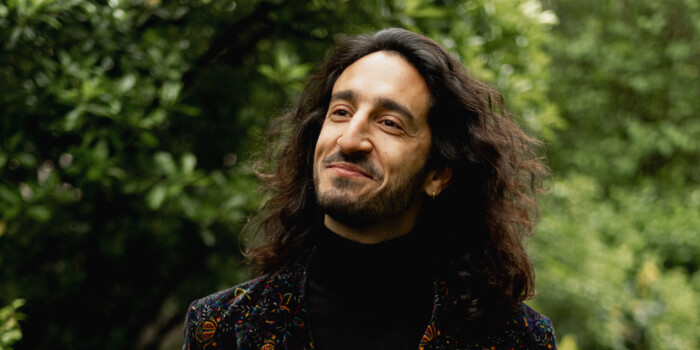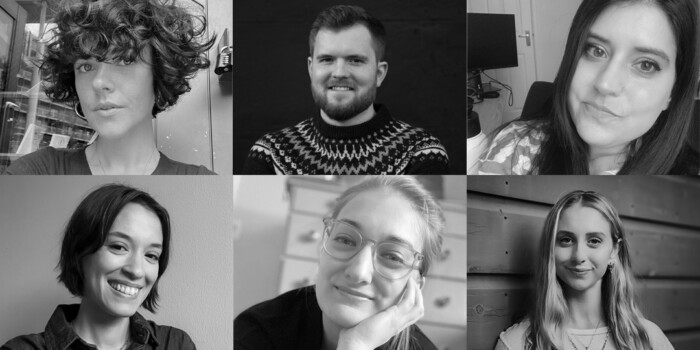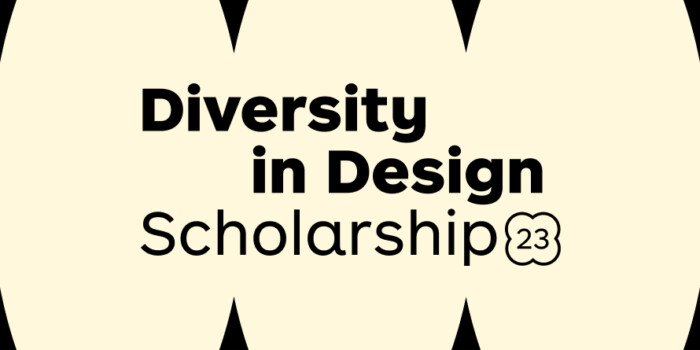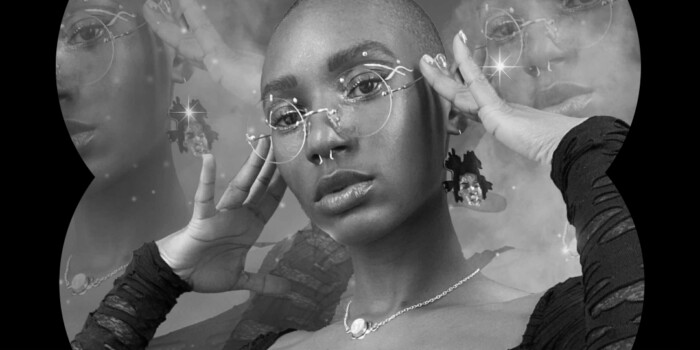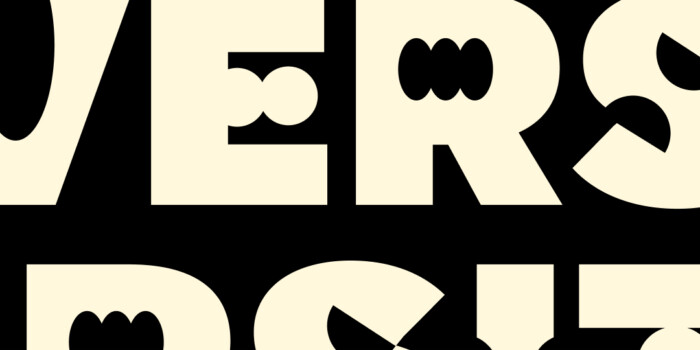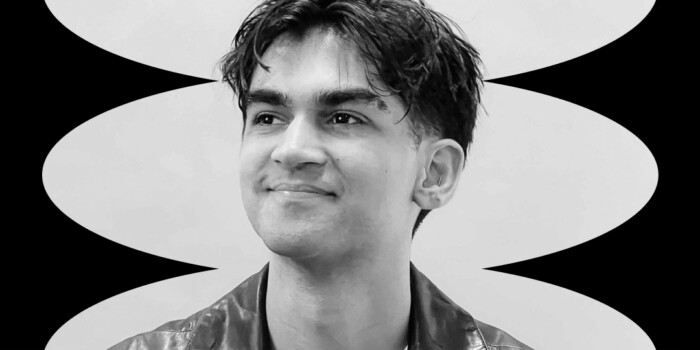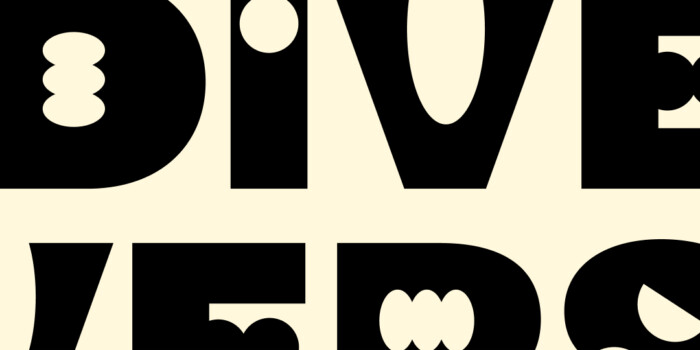Interview with Poonam Saini and Matt Kilb, Founders of Kiss Branding

The Founder and Creative Directors of Kiss Branding, Poonam Saini and Matt Kilb, met while studying together in Nottingham. After graduating and a few years working in London, they moved to Leeds, in the North of England, and founded Kiss. They joined us at Shillington London and Manchester at the end of 2020 to share some of their passion and knowledge. They touched on their humble beginnings and an overview of some of the work Kiss has produced over the past four years before diving deep into their rebrand of Bleiker’s Smokehouse—from inception to supermarket shelves.
We caught up with the couple to learn more about why they wanted to start their own studio, how they found themselves where they are now and some amazing advice for designers who want to start their own studio.
You founded Kiss Branding together 4 years ago. What was behind your decision to start your own design studio?
Matt: Our industry is a real mixed bag, it can be exciting, diverse and full of opportunity—certainly better than most 9 to 5s—but it can also be taxing, gruelling and impersonal. After a few years of working for a number of fantastic brands, the glamour wore off and we decided to do our own thing.
Poonam: We both found we had a vision of what we wanted not only from our lives but also from our work. We wanted to take charge of the work we created, the purpose of it and who it benefited. We wanted to see the faces of the people we made work for, be part of their journey and genuinely help answer purposeful problems, not just fill a fat cat’s pocket.
We took an opportunity to create a simpler, more personal approach to branding and put relationships first both in the studio team and the studio-client partnership. In short, it means we now love doing the work and the brands love what we do.
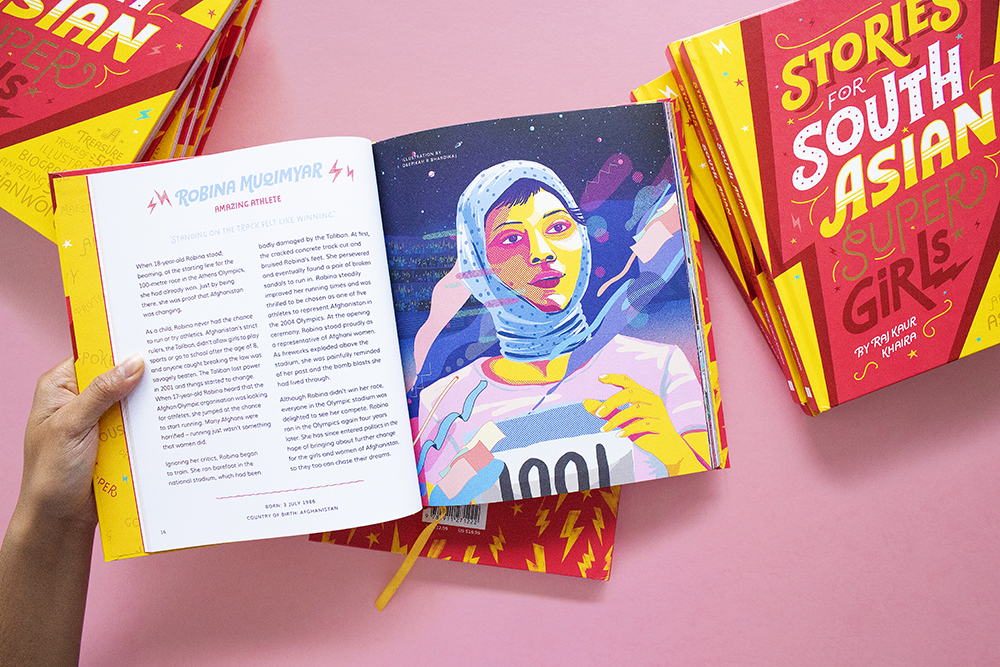
What were you both up to before founding Kiss? Tell us about your design journeys!
Poonam: I pretty much found my feet at Bulletproof. Previous to that, straight out of university I worked at small studios in London and freelanced a bit. I actually got fired from my first design job (before Bulletproof) which was down to a misalignment of values. At the time it sucked but I learnt a lot from it, looking back it was the best thing to have happened.
Bulletproof was a fantastic experience for me and massively influenced my business acumen. It’s like an intense bubble of talent, creativity and pressure which can be quite addictive but also so valuable in understanding how a successful business is run. I was able to work on a mix of design, from seasonal and promotional campaigns for Coke and Heineken, to packaging design for Cadburys and Pizza Express. In fact the Pizza Express design you see in supermarkets today is the one I designed when I was a junior at Bulletproof. I was also exposed to a lot of strategy which I LOVED because you’re essentially steering a brand into a new direction based on research and insight.
Matt: I found myself at Springetts pretty much at the offset of my career, getting in early after interning in my second year of uni—I got stuck in, made myself useful and I asked to stay longer, so they kept me on. Springetts was unique in that the designers did mostly everything, from client management, design itself and even strategy, so it set me up nicely for setting up Kiss. It really pays to get into an agency early on to just soak up as much as possible, we both can’t stress enough how valuable it is to be surrounded by smart creatives and learn everything you can from them. While at Springetts, I worked on a range of FMCG brands that tested and founded my understanding of branding and helped me nurture my own philosophy.
It also had a wonderful community, a real mix of characters and they really knew how to look after their staff, something we’re taking on board at Kiss.
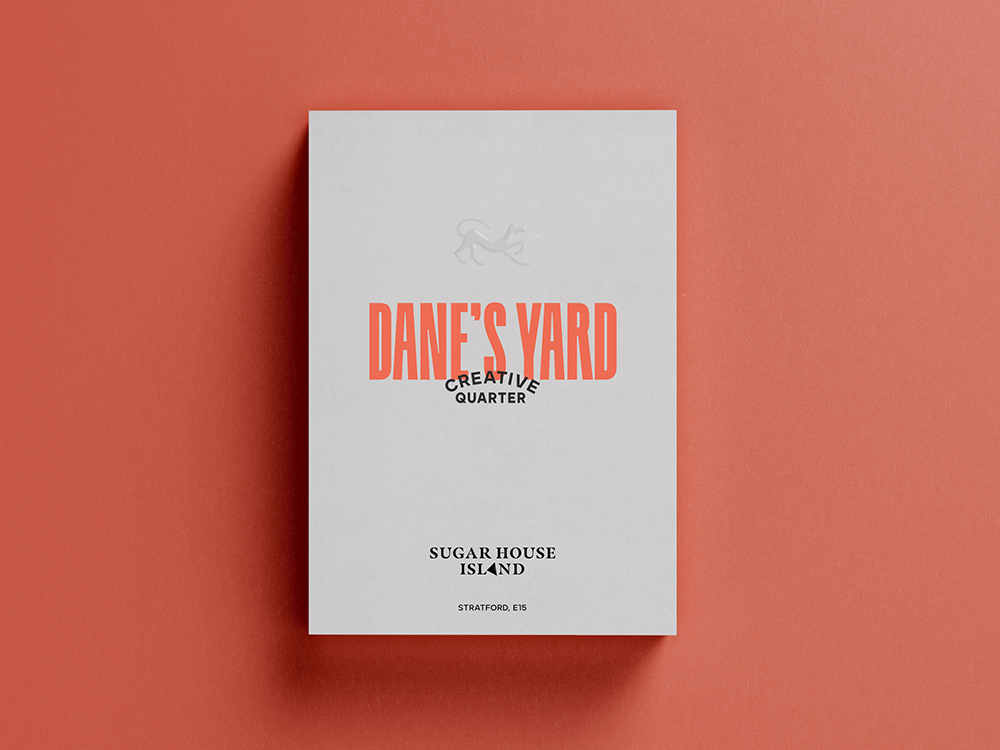
You chose to move up to the Northern city of Leeds to found Kiss. Why did you decide to make the move up North?
Matt: Leeds ticked all the boxes. We wanted a more balanced lifestyle but still with a city edge. Leeds is great in so many ways, it has everything London has but is more manageable, affordable and within reach. The community here is tiny, so it’s fairly easy to make a bit of noise—everyone knows everyone here. There is also a huge amount of investment going into Leeds with [British TV’s] Channel 4 and other big brands making Leeds their HQ. Leeds is going to be insane over the next few years and we are proud to call it home and ride that wave.
How did you start finding work when you first started Kiss? Can you tell me about your first client?
Poonam: We were fortunate enough to get help off some pals from Bulletproof who sent some small clients our way. That’s why it pays to be a nice person but also curious in this business. Our first client technically was the Pink Ladoo Project, a non-profit organisation that campaigns for the equality of women in south Asian communities. I reached out to the founder saying we could help communicate her cause better and the rest is history.
Matt: But our first paying client was The Mac Factory, a super cool mac and cheese brand based in Camden Market. They were struggling to communicate how seriously tasty their products were, so we helped them define their messaging and developed their visual identity to carry it. We did a great job, so they asked us to revamp their other food brands too.
And that’s kind of how things have worked out in terms of finding work, it’s a combination of doing a great job for one client and they’ll either bring you more or recommend you to a friend, that plus simply putting great work out there and continuously connecting with people.
We stuck with it and things led from one thing to another.
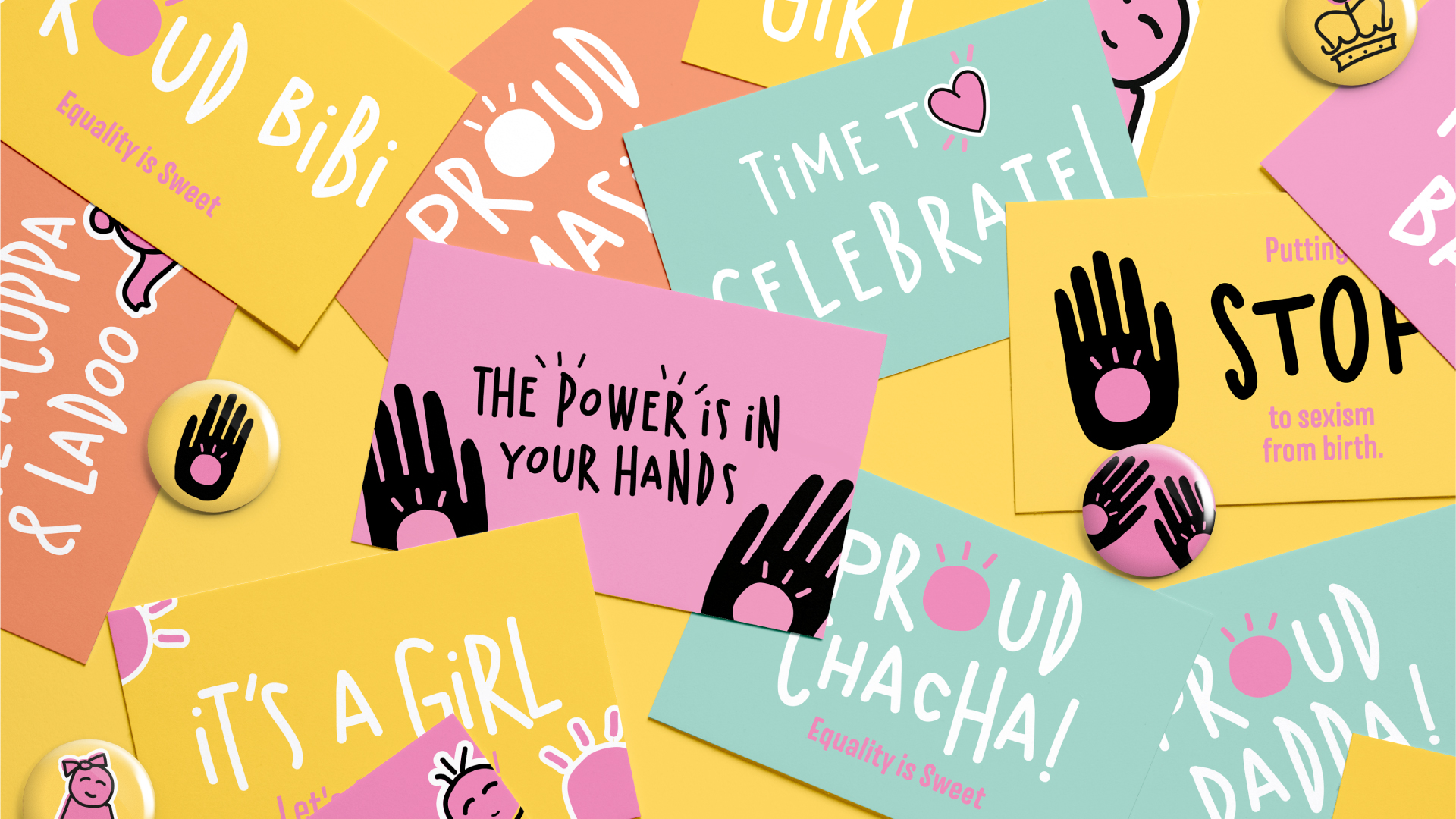
What do you think is the most important thing to know when starting your own business or getting things kicked off in the freelance world?
Matt: Be prepared for a long arduous journey. It’s really about learning and embracing a ton of shit quickly and consistently. Being good at all of it isn’t possible, but nurturing a positive mindset to handle the burden of it all and being able to get on with everything and anything is vital. There being two of us is what’s really made it possible.
Complimenting skill sets (and mindsets) means that we cover a broader spectrum of skills but also we can pick each other up when one of us is down.
Poonam: Another important thing is to get a mentor. We reached out to our old bosses and agency owners in Leeds, they’ve been in the business for a long time and they can share many pearls of wisdom when you need it the most.
So find people to learn from and trust to share your thoughts with.
If anything, work on your people skills—business is a people game, you never know where an opportunity might come from. There’s rarely a perfect moment for anything in business; you just have to go for it and be nice.
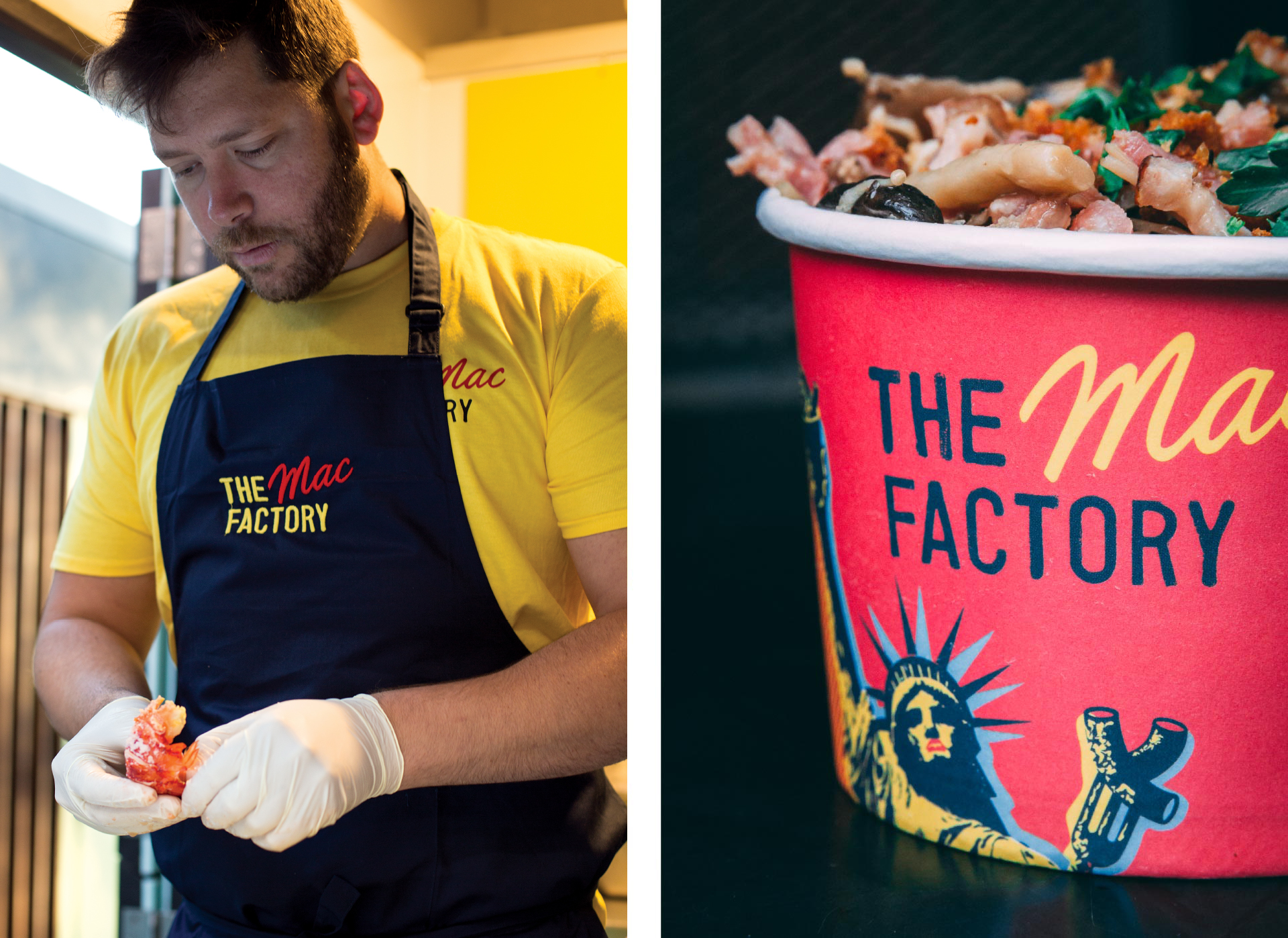
Could you tell us about one of your favourite projects you’ve worked on as an agency? We’d love to hear about your strategy.
Poonam: The best part of running Kiss is we get to work on a real range of projects which are either fulfilling, fun or both. Each project unlocks new opportunities and a chance to learn something new. Generally I love working on pitches because of the thrill you get from defying expectations. A project in which we did exactly that was pitching for (and winning) the brand creation of Aire Park in Leeds, the new city centre development around the Tetley. That project then led us to work on Sugar House Island, the sister site in London.
But on an emotive level my favourite projects are helping causes that need their voices heard. We’ve worked on the Pink Ladoo Project, South Asian Therapists and Stories for South Asian Super Girls.
To see graphic design used in a way that helps human beings for the better is truly powerful.
Matt: What really excites us is how involved in planning and storytelling a project can be, long before the actual design creation, there’s a lot of big thinking, understanding and blending of fields to actually create a strong brand. The actual graphic design is a fairly small element.

How do you go about researching for a project? Are there any pointers you can give for someone who may be stuck in a rut?
Poonam: It all starts off with brain dumping. Reading everything and anything about the market and speaking to as many people about it as you can, gathering as much data as you can. Looking for all kinds of places for it, libraries, first person accounts, news articles, statistics etc.
Literally dumping all your knowledge down first is a great starting point to then filter. All projects are solving some kind of problem, so we always have to look at it from the perspective of the person whose problem you’re solving.
Would you be able to tell us a bit about schematics? It’d be great to learn how you guys achieve consistency across a brand.
Poonam: Schematics are quick thumbnails or basic designs showing how the brand assets work across the portfolio of the brand. These are particularly useful in packaging design, usually, once a design route is selected the next step is working out how the design will flex across everything else. It enables you to confirm the colours and navigation comms as well as possible, without going into the complete packaging detail just yet.
We always test consistency in the initial concept round by flexing the design across a mix of brand world touchpoints to make sure the brand can really live on anything it’s on—we never look at the brand logo in isolation, it’s always part of a bigger picture.
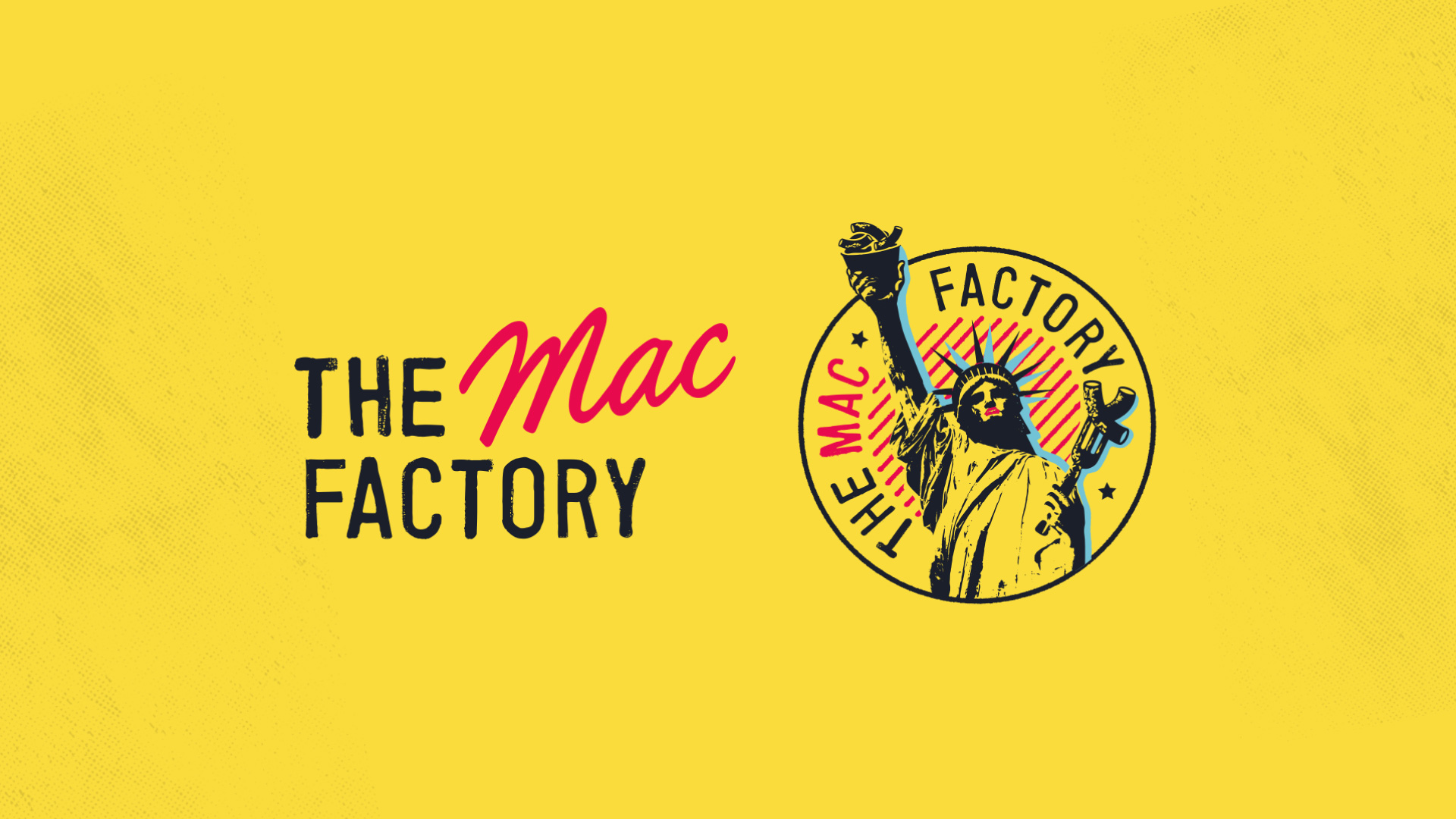
Where do you go for inspiration? Is there anything or anyone that inspires your work in particular?
Poonam: Anything inspires us, from podcasts to children’s books to signage; literally anything. We were working on a smoked salmon brand and we were all feeling a little stuck on an idea so we went for a walk and walked past a little library swap box and that’s where a book cover inspired us for a route. We actively push to get away from Pinterest and Instagram because you’ll end up creating a generic design or route that isn’t original.
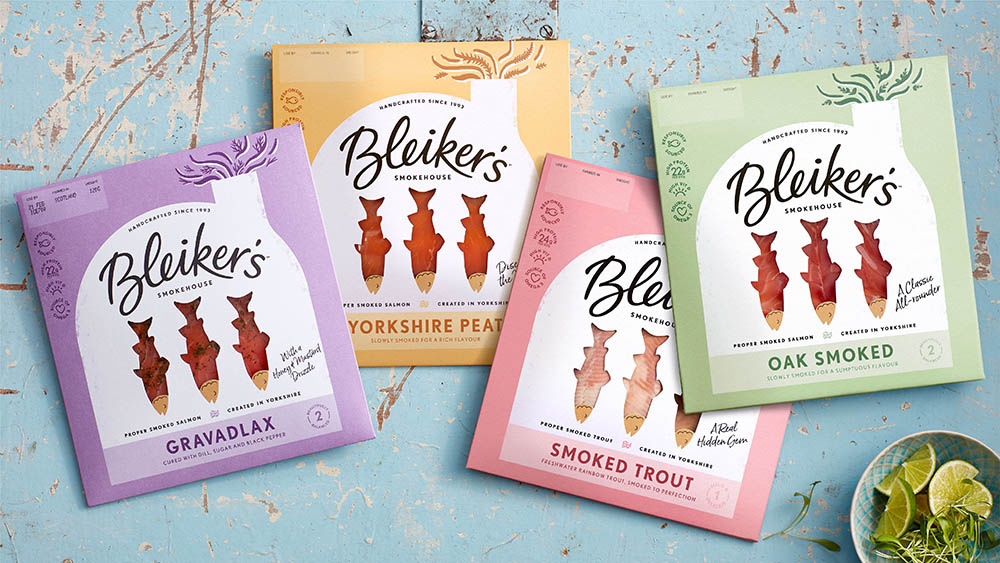
What do you look for when hiring someone for your team? Especially someone who is new to the industry. What makes someone stand out?
Matt: We look for people who really have a strong understanding of brand, with a good eye for design and are willing to push a concept to the limits. I get switched off immediately to work driven by design aesthetics or things that are popular on Pinterest at the moment. Great branding comes from telling an authentic story in a unique way, not by what’s cool. You don’t have to have been in the industry for years to get this understanding but it does need to be honed and can set a graduate miles apart from the rest.
We also look for proactivity and responsibility, people who will use their intuition to read a situation and solve problems without having to be asked.
We look for those who aren’t afraid to get stuck in and put pen to paper and have strong personalities to match, studio life is built around collaboration so characters need to gel well and bring the best out of each other.

Can you give any key tips to our graduates who are fresh into the industry?
Matt: Really get to know your values. Working for someone with conflicting values is a recipe for disaster and that applies to both your employer or client—it will mean your skills will be undervalued, you’ll end up wasting time on things you won’t give a damn about and you probably won’t even be paid well.
Find clients or agencies that align with your values, they’ll look after you and give back what you give in.
Here’s a hint: get to know the boss, the companies’ values always stem from that individual, if they conflict with yours stay well clear, if they align get cushty with them!
Can you give us five words to describe yourself and your creative style?
Poonam: Emotive, colourful, bold, challenging, simple.
We don’t necessarily strive for a creative style of our own, even though naturally one will emerge as we grow as a studio. We design based on what is right for our client and their market, not impose our style on them. A brand’s visual language should stem from its own authentic space.
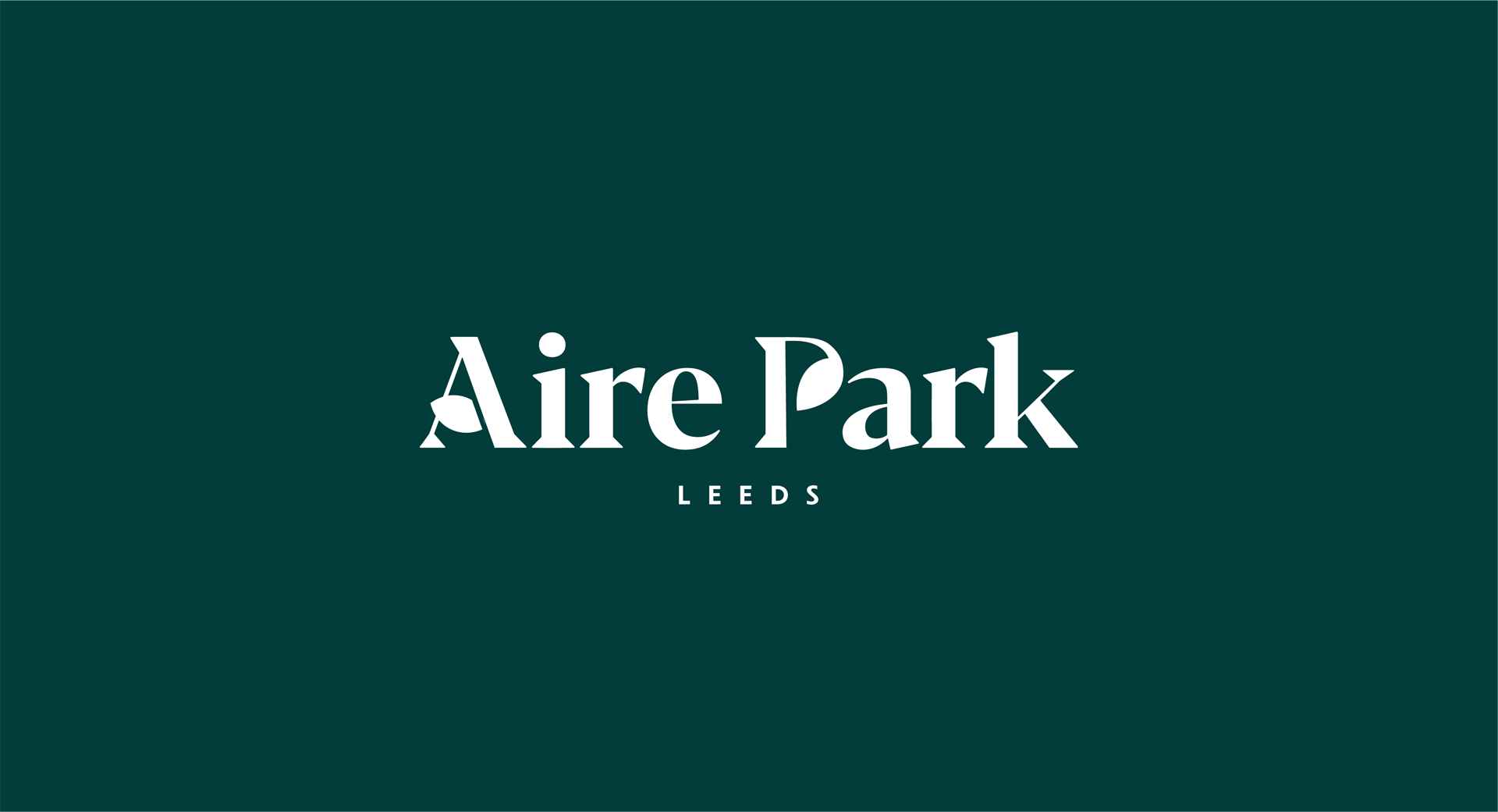
And, finally, is there anything else you would like to add?
Poonam: From Rishi Sunak’s washy advice on ‘retraining’, funding for the creative arts being slashed time and time again, to the current university model not supporting the needs of creative courses and the industry—we can wholeheartedly say that we’re so over it. So to help fight for our arts, Kiss is making steps to support, teach and inform with our Change of Arts initiative.
So keep a lookout on our social media and LinkedIn to see what we will be doing over the next few months in strengthening the education system and credibility of our industry, from grass roots talks to graduation cheat sheets!
Massive thanks to Poonam and Matt for sharing their journey and advice with us! Make sure to keep up to speed with what Kiss are working on their Instagram, LinkedIn and website.
We’ve hosted some of the world’s top creatives, design studios and advertising agencies at Shillington. Check out more interviews from guest lecturers.
Want to win some amazing prizes and stay in the loop with all things Shillington? Sign up to our newsletter to automatically go in the draw.
